Leaves Versus Tides
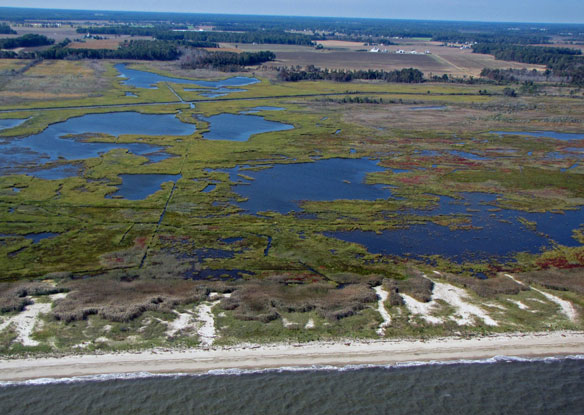
Salt marshes are the unsung heroes of coastal flood protection. These flat expanses of wild plants grow in muddy channels and creeks, flooded and drained by the tides. Only special types of plants can tolerate this briny environment.
Salt Marsh Plants Key to Reducing Coastal Erosion and Flooding

The effectiveness of salt marshes – wetlands which are flooded and drained by tides – in protecting coastal areas in times of severe weather has been quantified in a study by researchers from the University of Cambridge.
Lost Louisiana: The Race to Reclaim Vanished Land Back From The Sea
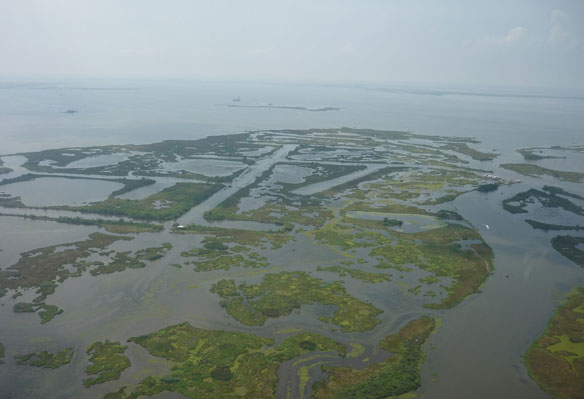
Louisiana has lost nearly 1,900 square miles of land over the past 80 years – a disappearing act that claims on average a football field an hour. Now, World’s fastest submerging state is looking to nature in an ambitious plan to turn back the tide.
“Just Right” Plant Growth May Make River Deltas Resilient
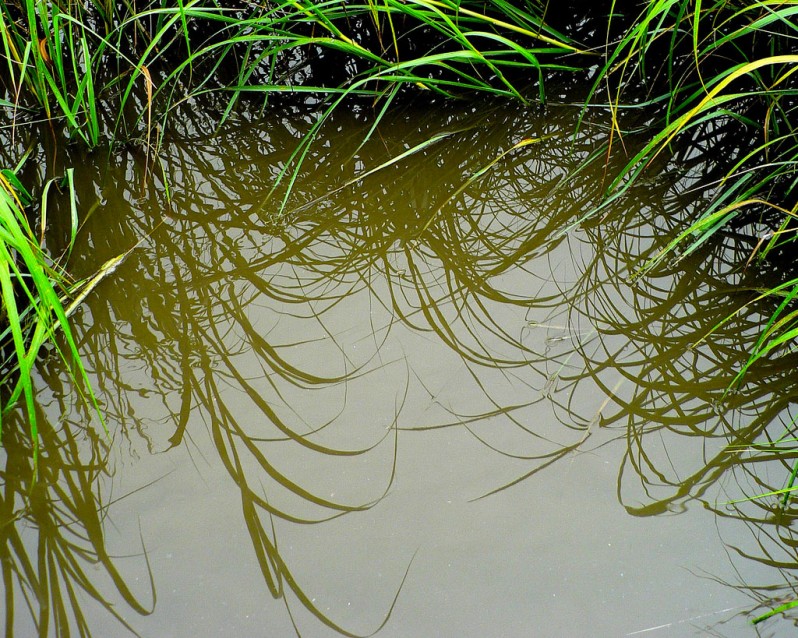
Geologists suggest that an intermediate amount of vegetation is most effective at stabilizing freshwater river deltas. Vegetation on marsh surfaces in river deltas can slow the flow of water and cause more sediment to be deposited, helping prevent sea-level rise from drowning sensitive marshlands.
NOAA Analysis Reveals Significant Land Cover Changes in U.S. Coastal Regions
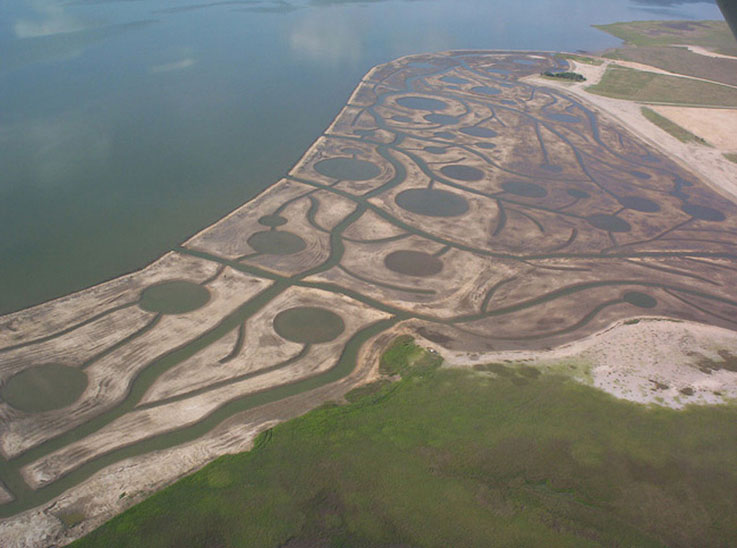
A new NOAA nationwide analysis shows that between 1996 and 2011, 64,975 square miles in coastal regions, an area larger than the state of Wisconsin, experienced changes in land cover, including a decline in wetlands and forest cover with development a major contributing factor.
Why Restoring Wetlands Is More Critical Than Ever
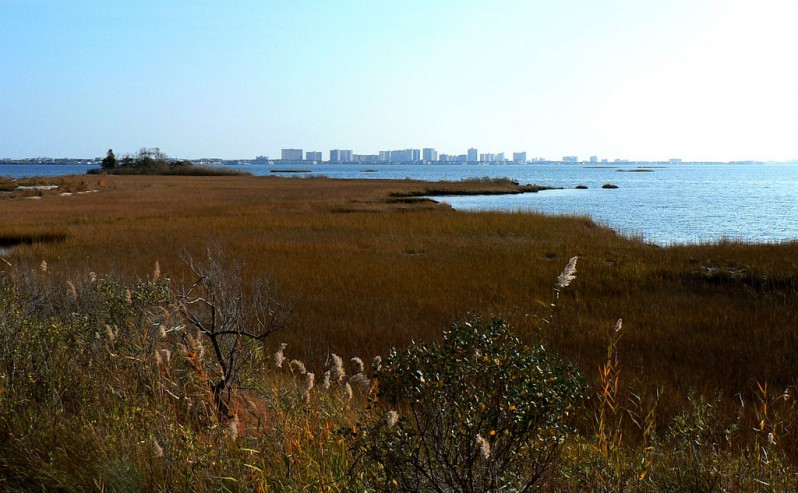
Along the Delaware River estuary, efforts are underway to restore wetlands lost due to centuries of human activity. With sea levels rising, coastal communities there and and elsewhere in the U.S. and Europe are realizing the value of wetlands as important buffers against flooding and tidal surges.
Can Marsh Conservation Save Local Homes Prone To Beach Erosion?

Conservationists are offering a solution for combatting beach erosion on the North Shore. A Video News Report.
Marshes of Mesopotamia
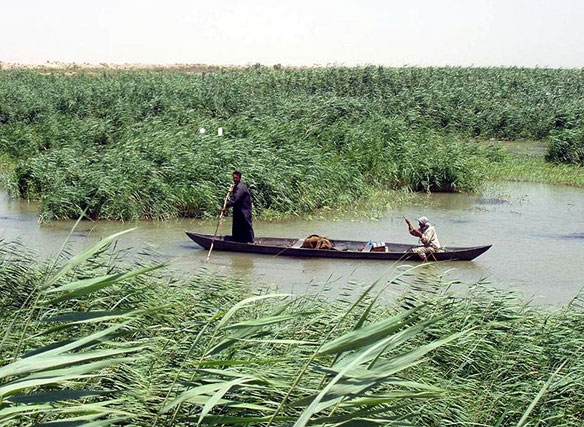
Wars in the Persian Gulf region and the deliberate draining of the Mesopotamian marshes, left a vast area of once-teeming river delta a dry, salt-encrusted desert, emptied of insects, birds and the people who lived on them. Now the marshes are under threat again, this time from the building of huge dams in Turkey on the Tigris and Euphrates.
Why Are U.S. Eastern Seaboard Salt Marshes Falling Apart?
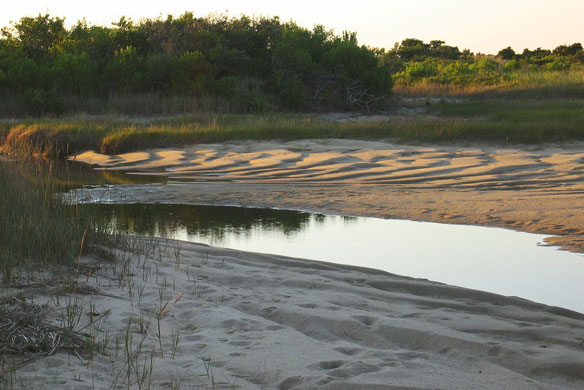
Salt marshes have been disintegrating and dying over the past two decades along the U.S. Eastern seaboard and other highly developed coastlines, without anyone fully understanding why.
